I was recently posed a question by one of my listeners regarding the issue of the conflict between supporting local farmers and trying to get the most for your money when it comes to our food.
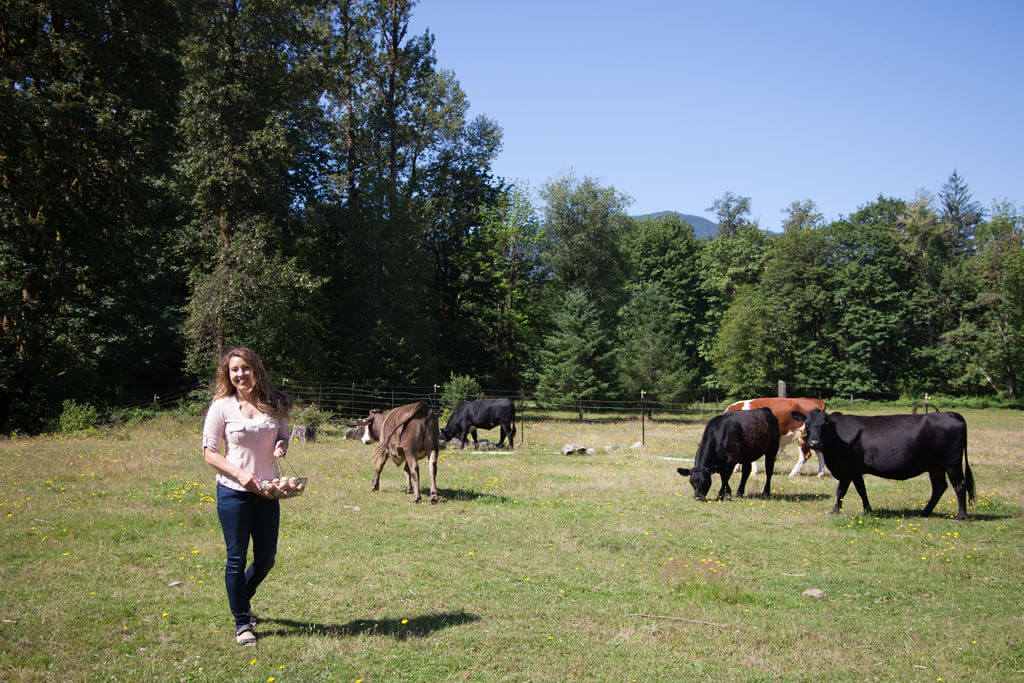
This is a topic of discussion that’s getting louder each year as inflation continues to increase the cost of food. The supply-chain issues have also made many of us reconsider where we’re sourcing our food and other supplies.
This is episode #363 of the Pioneering Today Podcast. We’re discussing how we can support our local farmers while getting the best for our budget and why it seems the bigger stores and distributors are making it much harder on our local farmers.
In this episode we’re discussing:
- Big store purchases versus local farmers.
- Balancing costs versus sales.
- Why should we support small farms?
- Are we killing our smaller farmers?
- How can I support local farms? And thereby change the system!
Azure Standard
This podcast is sponsored by Azure Standard, a great place to build up your bulk supplies and long-term food storage.
Now through October 30th, 2022, Azure is offering 10% your first order of $50 or more when you use my coupon code “MKN10” at checkout.
I have been shopping at Azure for over three years, and I love the variety of items they offer. You can buy items in the same quantity or size as you find at the grocery store, or they also offer items in bulk and by the case (great for building up your long-term food storage supply).
What I love about Azure Standard is that they partner with small farms across the US that adhere to the same strict standards that I am looking for in my food.
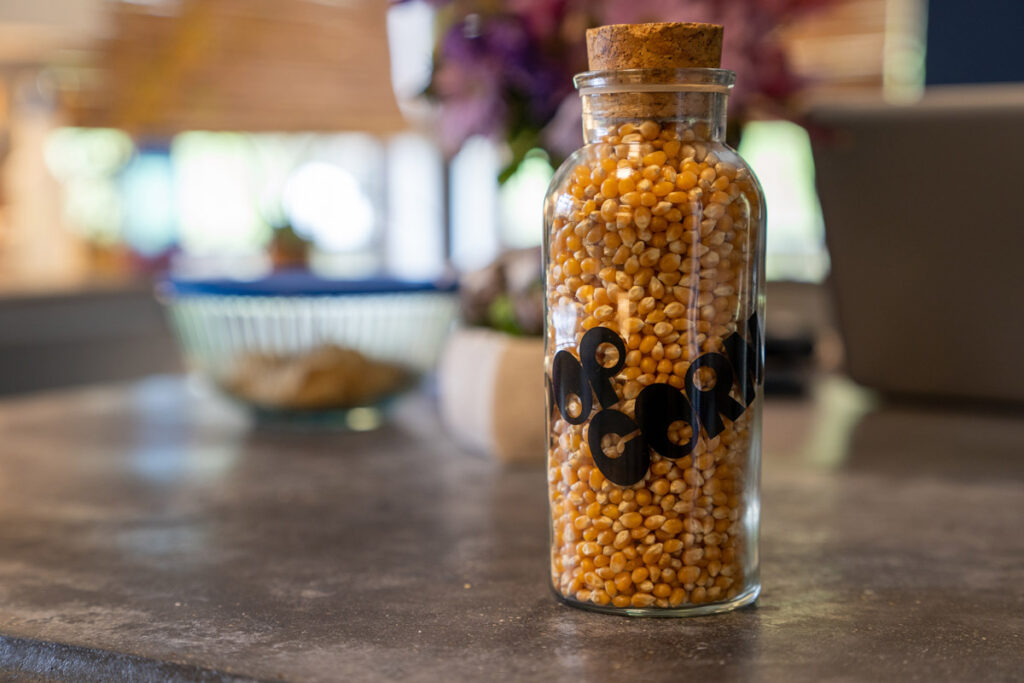
Big Stores vs. Local Farmers
The critical question that should be discussed is how do we support local farmers while balancing our consumer needs?
We want to buy and/or sell locally. We want the best quality and price. Can we support both the small farmers and the larger food stores? Regarding our food supply, this is the age-old question of quality vs. price.
Why can we purchase high-quality and large quantities from big stores but not from local farmers?
Since I love popcorn, I will use it as an example to help answer this question. When we started eating popcorn, we started with microwave popcorn. Then we started buying organic microwave popcorn.
Once I learned the microwave popcorn bags weren’t great for us, we started using an air popper. And finally, we discovered how exceptional oil-cooked popcorn was when we cooked it on our woodstove, so now we eat it every week.
Because my family loves popcorn so much, we now buy popcorn kernels in bulk. We buy it from Azure Standard, a much larger company, rather than our local farmers because this saves us money.
But in this instance, we don’t support our local farmers.
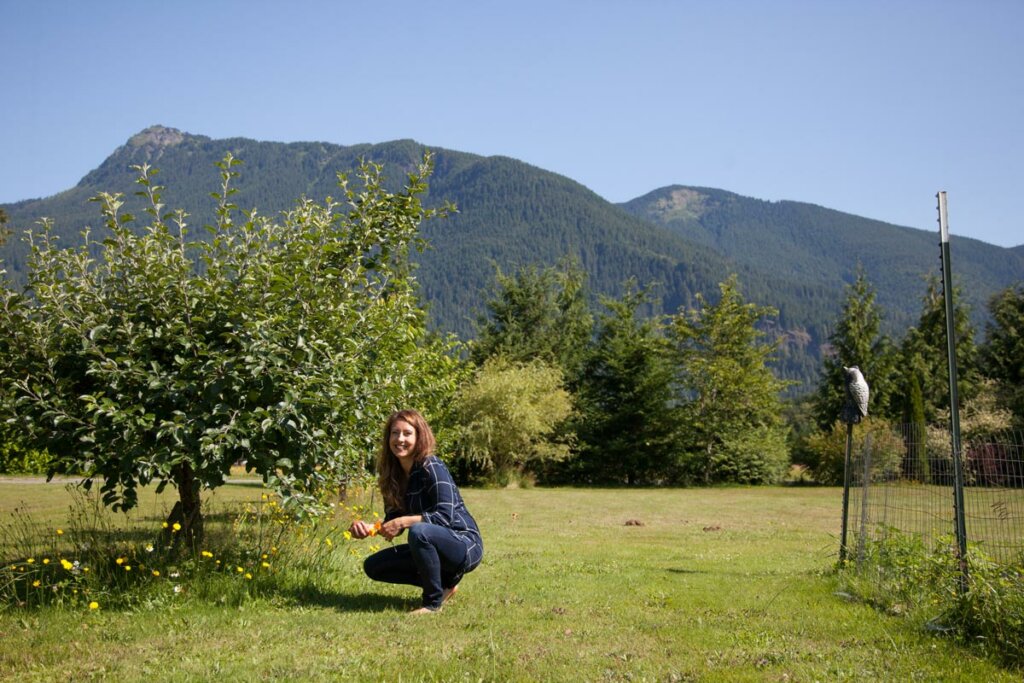
Balancing Costs vs. Sales
If you’re a farmer or a producer, how do you balance the cost of your product for what it can be purchased for at the grocery store or “big box stores”?
Large Corporations
- Farming as a large corporation drives the costs down because they have more equipment, tax breaks, and abilities to purchase supplies in larger quantities.
- They can also source their time costs much better because they can pay more people and machines to do the work for much less.
- The government also subsidizes these larger companies. They can charge less because they are not paying for their production costs like the smaller farmer. It is very unfair to local farmers.
- There is also the issue of a lack of good soil and a lack of composting. When these larger companies add bad things to the ground, it depletes the nitrogen.
Small Farms
- Small farms have to charge more to cover the cost of their labor. They don’t have as much equipment so tasks take longer, there are fewer tax breaks, and they generally can’t purchase in larger quantities.
- Small farms usually don’t have as many employees.
- Smaller organic farms usually use regenerative agriculture practices and care for their land without the use of harsh chemicals. The overall products are actually better, but they will cost more.
So, when deciding how much to sell products for, small farmers have to consider the value of their own time, their good soil practices, their sourcing costs, etc.

Why Support Small Farms?
Just a couple of generations ago, most people bought from their local farmers. With the introduction of large food stores and online options, it is much cheaper and more convenient to shop online instead of supporting local.
It may be time to get back to this historical method of buying.
Thankfully there is a large population of people today who are starting to recognize the differences between large corporations and small farms. These people are often willing to pay more for a superior product that also helps support local and small farms.
They want to know what went on their food, what the meat their buying ate, the conditions meat animals were raised in, etc.
Smaller farms can give us all of this information firsthand. You can go to your local chicken farm and see for yourself – are the chickens out in a pasture, or are they tightly fenced in on a dirt-only field?
Is your corn being sprayed with chemicals even though it claims to be organic?
When you value your food source, you ensure you get what you buy. And then buying from these farmers will help support local farms.
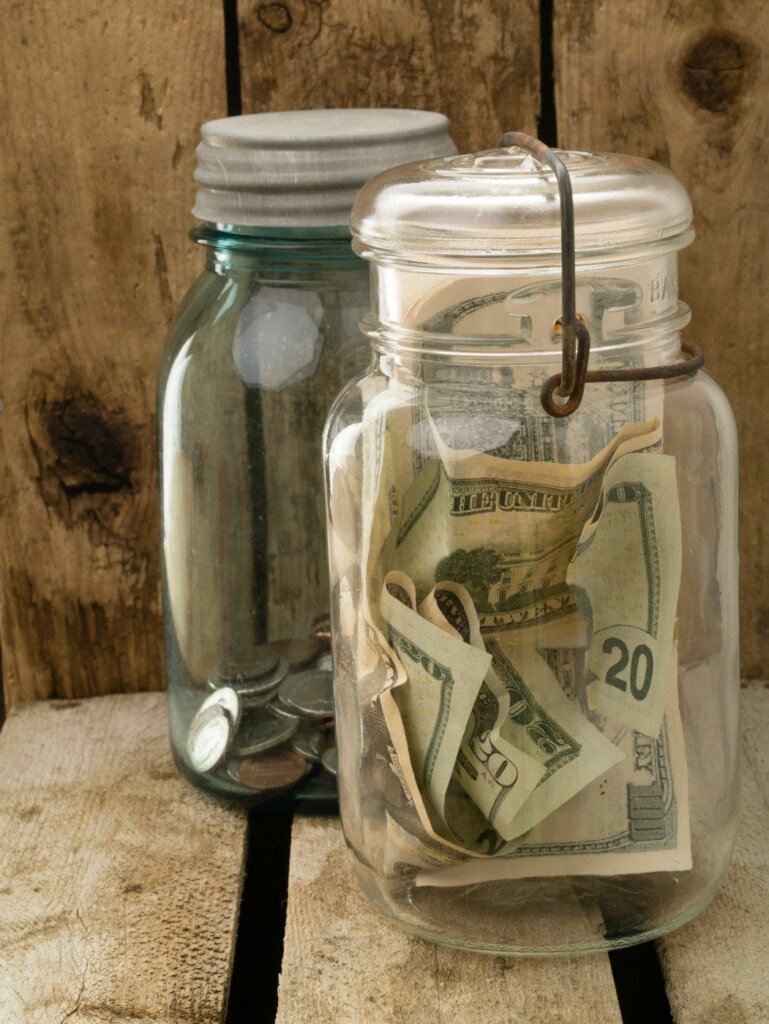
Budget
For many, it all boils down to their budget. If you can buy in bulk from the larger stores and save money, it’s hard to pay more to a smaller/local farm.
The problem with this thinking is that this will, eventually, put those local farms out of business, and when the supply chain breaks down again (as we continue to see), where will you purchase food?
There must be a mind shift. There must be a change and a focus on community-sufficiency. Sadly, those large stores simply aren’t part of the community!

Are We Killing Our Small Farms?
Is our dependency on larger stores killing our smaller, local farms?
Put simply, yes.
One factor is that the average age of farmers today is between 55 and 65 years old. Also, many of their children are not taking over farming anymore.
This is cutting down the number of farms, so more prominent distributors have to take over to stock shelves.
Another factor is that we live with a broken food system. The recent pandemic showed that and even fueled it with many empty shelves.
The reality of this should not cause fear, but it should evoke action. The reality is, we have become quite dependent on the larger stores.

How Can I Support Local Farms?
So how can we change this system?
Communicate with local farmers. In other words, “vote with your dollars”. Spend your money on the high-quality products you want.
Be willing to spend a bit more to support local. You’re likely doing yourself a favor in the long-run.
Don’t be afraid to ask your local farmer for bulk deals/discounts. The worst they can say is no. But if they know the desire is there, it might be something they consider offering to everyone.
As inflation continues to rise, the gap in small farm and grocery store pricing continues to narrow. I understand that it can be difficult to purchase food from one place when you can get it for less somewhere else, but hopefully this podcast has helped you understand how we all vote with our dollars.
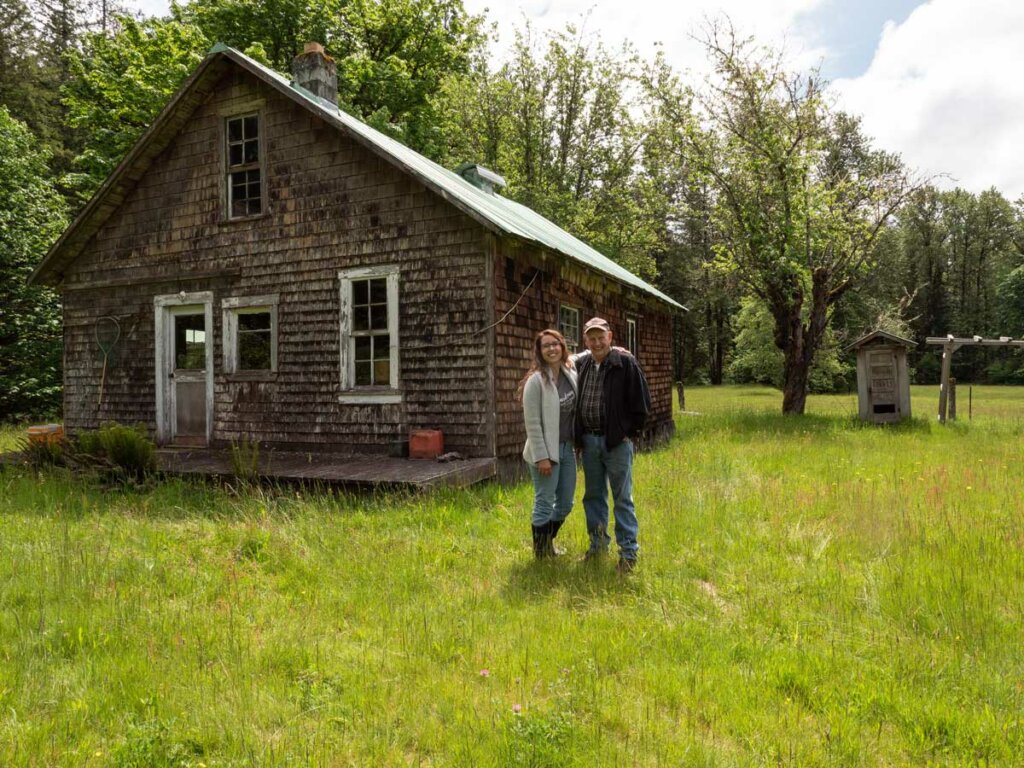
More Posts You May Enjoy
- 6 Things Our Great-Grandparents Did Better Than Us
- Time & Budget Saving Tips from the Great Depression
- Working Bees & How They’re Relevant Today
- 5 Life Lessons from the Great-Depression
- Great Depression Era Money Saving Tips w/ Potatoes
- 7 Depression Era Tips to Stretch Your Food Budget
- 8 Depression Era Tips to Save Money Now
- Time Management Skills for the Homestead
[fusebox_transcript]


